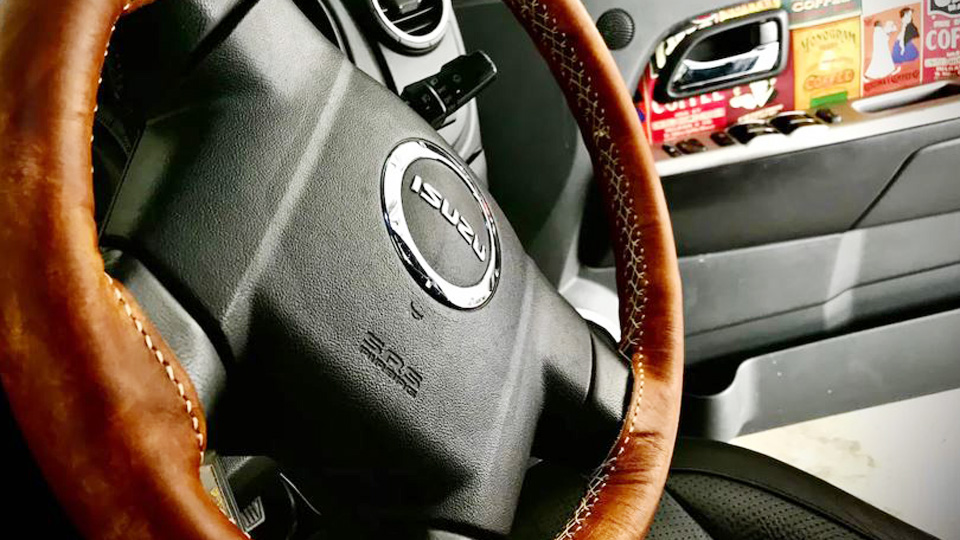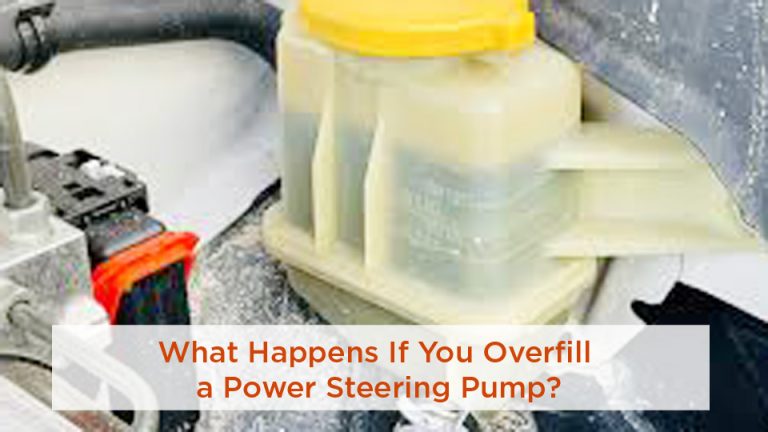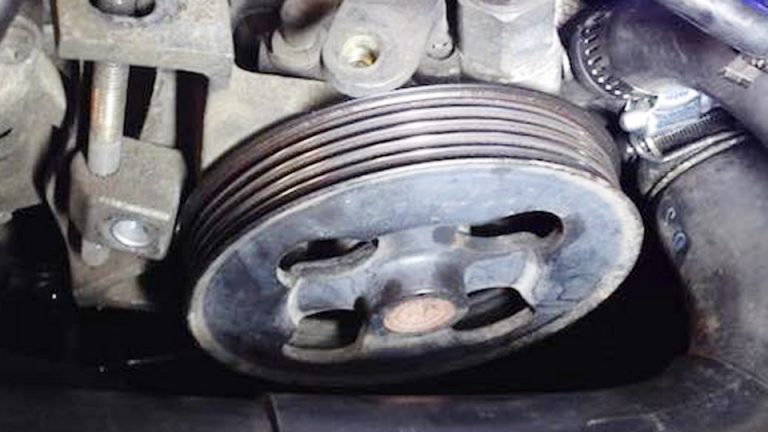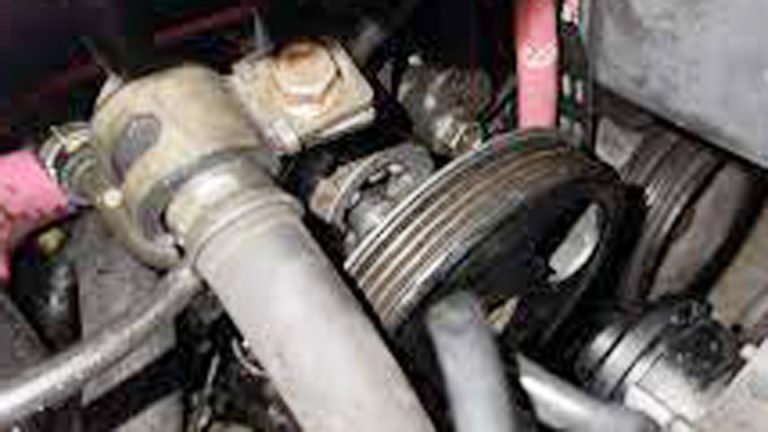I’ve seen my fair share of worn-out steering wheels. A leather-wrapped steering wheel can transform your driving experience, offering a premium feel and better grip. But when that leather gets rough, slick, or sticky, it’s not just an annoyance—it can affect your control and comfort. If you’re wondering how to make a leather-wrapped steering wheel smoother, you’re in the right place.
I’ll walk you through why this matters, how to restore that buttery-smooth feel, and what to consider if you’re replacing or upgrading your steering wheel. Let’s get our hands dirty with practical advice, real-world insights, and some hard-earned lessons from the garage.

Image by delicate-leather
Why a Smooth Leather-Wrapped Steering Wheel Matters
A steering wheel is your primary connection to the road. A rough or degraded leather wrap doesn’t just feel bad—it can compromise safety. Worn leather can reduce grip, especially during tight maneuvers or in wet conditions. A smooth, well-maintained leather wrap ensures better control, reduces handPunishment
System: hand fatigue, and enhances driving comfort. From a performance standpoint, a quality leather wrap can improve handling precision. Cost-wise, maintaining or replacing a leather-wrapped steering wheel is far cheaper than dealing with the consequences of poor vehicle control. Plus, a smooth, luxurious steering wheel boosts your car’s resale value and driving enjoyment.
Common Problems with Leather-Wrapped Steering Wheels
Leather steering wheels, while durable, aren’t immune to wear. Here’s what I see most often in the shop:
- Cracking or Fading: UV exposure and hand oils break down leather over time, causing cracks or discoloration.
- Slickness or Stickiness: Sweat, lotions, or cleaning products can make leather feel slippery or tacky.
- Worn Stitching: Loose or frayed stitching can create rough patches that irritate your hands.
- Surface Wear: High-contact areas, like the 10 and 2 o’clock positions, often wear faster, creating uneven texture.
These issues can make your steering wheel feel less premium and harder to grip securely.
When and Why Replacement or Restoration Is Needed
If your leather wrap is cracked, torn, or heavily faded, smoothing it out might not be enough—replacement could be necessary. I’ve seen steering wheels on older F-150s and Civics where the leather was so worn it affected grip during sharp turns. Restoration works for minor wear, but severe damage calls for a new wrap or wheel.
When to Restore:
- Minor cracks, fading, or slickness.
- Budget constraints—restoration is cheaper than replacement.
- You’re maintaining a classic car’s original look.
When to Replace:
- Deep tears or missing leather chunks.
- Stitching is beyond repair.
- You want an upgraded look or feel (e.g., Alcantara or perforated leather).
Replacement ensures long-term reliability but requires more tools and time. Restoration is a quicker fix for DIYers.
Restoring a Leather-Wrapped Steering Wheel
Restoring a leather steering wheel to its smooth, grippy glory is something I’ve done countless times in the shop. Here’s how to do it right.
What You’ll Need
- Leather cleaner (Lexol or Chemical Guys are my go-to brands).
- Leather conditioner (Meguiar’s or Leather Honey work well).
- Microfiber cloths.
- Soft-bristled brush (an old toothbrush works).
- Isopropyl alcohol (70% for tough grime).
- Fine-grade sandpaper (1500-2000 grit, optional for rough spots).
Step-by-Step Restoration Guide
Clean the Wheel: Mix a small amount of leather cleaner with water (follow product instructions). Use a microfiber cloth to wipe down the wheel, focusing on high-contact areas. For stubborn grime, use the soft brush with a dab of isopropyl alcohol.
Tackle Rough Spots: If the leather feels rough, lightly sand with 1500-2000 grit sandpaper. Go easy—too much sanding can damage the leather. I learned this the hard way on a customer’s Mustang; a gentle touch is key.
Condition the Leather: Apply a small amount of leather conditioner with a clean microfiber cloth. Work it in circular motions, covering every inch. Let it sit for 10-15 minutes.
Buff It Smooth: Wipe off excess conditioner with a dry microfiber cloth. Buff gently to restore that smooth, supple feel.
Protect It: Apply a leather protectant (like 303 Aerospace Protectant) to shield against UV rays and oils. This step is often overlooked but makes a huge difference in longevity.
Common Mistakes to Avoid
- Overusing Conditioner: Too much can leave the wheel greasy. Use a dime-sized amount at a time.
- Harsh Chemicals: Avoid all-purpose cleaners; they can strip leather’s natural oils.
- Skipping Cleaning: Conditioning a dirty wheel traps grime, making it feel tacky.
Pro Tip: Test your cleaner and conditioner on a small, hidden area first. I once used a new brand on a Dodge Ram’s wheel, and it left a sticky residue—lesson learned.
OEM vs Aftermarket Leather Steering Wheels
When restoration isn’t enough, you’ll need to decide between an OEM (original equipment manufacturer) steering wheel or an aftermarket option. Here’s a breakdown based on my experience working on Chevy Silverados, Honda Accords, and more.
| Feature | OEM Steering Wheel | Aftermarket Steering Wheel |
|---|---|---|
| Quality | Factory-grade leather, precise fit for your vehicle. | Varies widely; premium brands like Momo or Sparco rival OEM quality. |
| Price | $200-$600 (e.g., GM or Toyota OEM parts). | $100-$500 depending on brand and material. |
| Compatibility | Perfect fit, retains airbag and controls. | May require adapters; check airbag compatibility. |
| Availability | Dealerships, online OEM parts retailers (e.g., GMPartsDirect). | AutoZone, Amazon, specialty retailers (e.g., Summit Racing). |
| Warranty | Often 1-2 years through dealerships. | Varies; premium brands offer warranties, budget ones may not. |
OEM Pros and Cons
Pros:
- Guaranteed fit and function for your make/model (e.g., Ford F-150 or Toyota Camry).
- Retains factory safety features (airbags, controls).
- High-quality leather, often thicker and more durable.
Cons:
- Expensive, especially for luxury brands like BMW or Mercedes.
- Limited style options (usually standard black or tan leather).
Aftermarket Pros and Cons
Pros:
- More affordable options (e.g., Grant steering wheels start at $100).
- Custom styles (perforated leather, Alcantara, carbon fiber accents).
- Wider availability through retailers like AutoZone or eBay.
Cons:
- Quality varies; cheap brands use thin leather or faux materials.
- Compatibility issues with airbags or cruise control buttons.
- Risk of counterfeit parts (more on that later).
My Take: For daily drivers like a Honda Civic or Jeep Wrangler, OEM is the safer bet for reliability and airbag compatibility. For project cars or custom builds, aftermarket wheels from trusted brands like Sparco offer style and performance at a lower cost.
Replacing a Leather-Wrapped Steering Wheel
Replacing a steering wheel is a meatier job, but I’ve done it plenty of times on everything from muscle cars to modern SUVs. Here’s how to do it safely and effectively.
Tools You’ll Need
- Socket wrench set (10mm-14mm, depending on your vehicle).
- Torx or Allen keys (for airbag bolts).
- Screwdriver (flathead and Phillips).
- Torque wrench (for precise bolt tightening).
- Steering wheel puller (optional but recommended).
Step-by-Step Replacement Guide
Disconnect the Battery: Safety first—disconnect the negative battery terminal and wait 10 minutes to avoid airbag deployment. I learned this the hard way when a customer’s airbag popped during a Chevy Tahoe job.
Remove the Airbag: Locate the airbag bolts (usually behind small covers on the wheel). Use a Torx or Allen key to remove them. Gently disconnect the airbag wiring.
Remove the Steering Wheel: Loosen the center nut (usually 21mm-24mm). Use a steering wheel puller to pop the wheel off the spline. Don’t yank it—patience prevents damage.
Install the New Wheel: Align the new wheel with the spline, ensuring the alignment mark matches. Tighten the center nut to the manufacturer’s torque spec (check your vehicle’s manual).
Reattach the Airbag: Reconnect the wiring, secure the airbag bolts, and double-check all connections.
Reconnect the Battery: Test the horn, cruise control, and airbag light to ensure everything works.
Installation Tips
Check Compatibility: Ensure the new wheel matches your vehicle’s spline count and airbag module. For example, a 2015 F-150 won’t fit a 2020 model without an adapter.
Torque Matters: Overtightening the center nut can damage the steering column. Use a torque wrench set to your vehicle’s spec (e.g., 30-40 ft-lbs for most Fords).
Label Wires: Before disconnecting anything, label the airbag and control wires with tape. It saves headaches during reassembly.
Common Mistakes
- Forgetting the Battery: Always disconnect it to avoid airbag issues.
- Misaligning the Wheel: A crooked wheel messes with handling and looks bad.
- Cheap Pullers: Budget steering wheel pullers can slip and damage the column. Spend $20 on a decent one from Harbor Freight.
I once helped a buddy swap the steering wheel on his ‘98 Mustang GT. We skipped the puller, thinking we could muscle it off. Ended up bending the spline slightly—big mistake. A proper puller would’ve saved us a $200 steering column repair.
Identifying Genuine vs. Fake Steering Wheels
Counterfeit steering wheels are a real problem, especially with aftermarket purchases online. I’ve seen fake OEM wheels sold on eBay that looked legit but failed in months. Here’s how to spot the real deal:
Check the Branding: OEM wheels have clear, embossed logos (e.g., Ford’s oval or Chevy’s bowtie). Fakes often have blurry or misaligned logos.
Inspect the Leather: Genuine leather feels thick and supple. Fakes use thin, plasticky material or faux leather that peels quickly.
Verify Part Numbers: OEM wheels have part numbers etched on the back. Cross-check them with your vehicle’s manual or a dealership.
Buy from Trusted Sources: Stick to dealerships, GMPartsDirect, or reputable retailers like Summit Racing. Avoid sketchy Amazon or eBay sellers with no reviews.
Weight Test: Genuine OEM wheels are heavier due to quality materials. A suspiciously light wheel is likely a fake.
Pro Tip: If the price seems too good to be true, it probably is. A $50 “OEM” steering wheel for a 2020 Ram 1500? That’s a red flag.
Maintenance Tips for a Smooth Leather Steering Wheel
Once your steering wheel is smooth, keep it that way with these maintenance habits:
- Clean Regularly: Wipe it down with a leather cleaner every 2-3 months. I do this on my own Silverado to keep the leather soft.
- Use Conditioner: Apply leather conditioner quarterly to prevent drying and cracking.
- Avoid Harsh Sunlight: Park in the shade or use a windshield sunshade. UV rays are leather’s worst enemy.
- Keep Hands Clean: Wash your hands before driving to minimize oil transfer. I’ve seen customers’ wheels get slick from greasy fast-food hands.
- Use a Steering Wheel Cover: For high-wear vehicles (e.g., work trucks), a breathable leather cover can extend the wheel’s life.
A customer brought in a 2018 Jeep Grand Cherokee with a sticky steering wheel. Turns out, they’d been using hand lotion before driving. A quick clean and condition fixed it, but I had to explain that lotion and leather don’t mix.
Conclusion
A smooth leather-wrapped steering wheel isn’t just about luxury—it’s about safety, control, and enjoying every drive. Whether you’re restoring a worn wheel or replacing it entirely, the key is using quality products, following proper techniques, and maintaining it regularly. For restoration, stick to trusted leather cleaners and conditioners like Lexol or Meguiar’s. For replacement, weigh OEM reliability against aftermarket style and cost, but always verify compatibility and authenticity.
FAQ
How often should I condition my leather steering wheel?
Condition it every 3-4 months, or more often if you drive in harsh sunlight or have sweaty hands. Over-conditioning can make it greasy, so use a light touch.
Can I use regular leather cleaner on my steering wheel?
Yes, but ensure it’s designed for automotive leather. Household cleaners like saddle soap can be too harsh and strip natural oils.
How do I know if my steering wheel needs replacement?
If the leather is torn, deeply cracked, or affects your grip, it’s time to replace it. Minor wear can often be restored with cleaning and conditioning.
Are aftermarket steering wheels safe for airbags?
Quality aftermarket brands like Momo or Grant are designed for airbag compatibility, but always check your vehicle’s specs. Cheap knockoffs may not support airbags properly.
What’s the best way to avoid counterfeit steering wheels?
Buy from reputable sources like dealerships or Summit Racing. Check part numbers, inspect leather quality, and avoid deals that seem too cheap.



